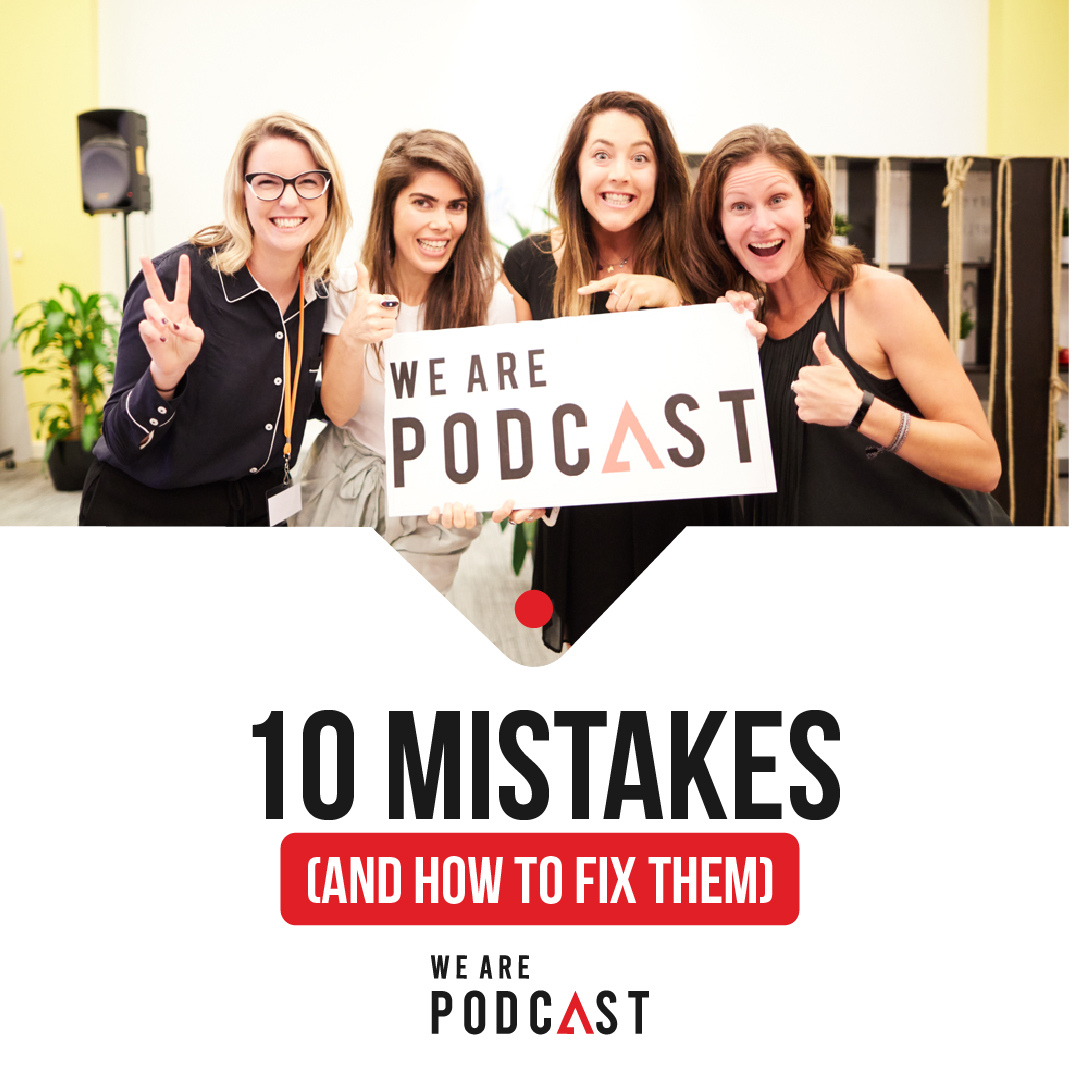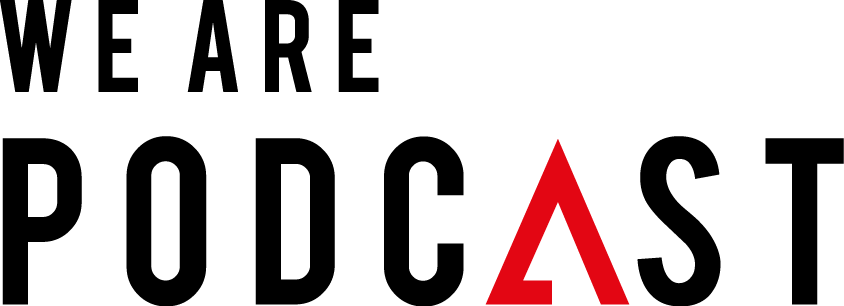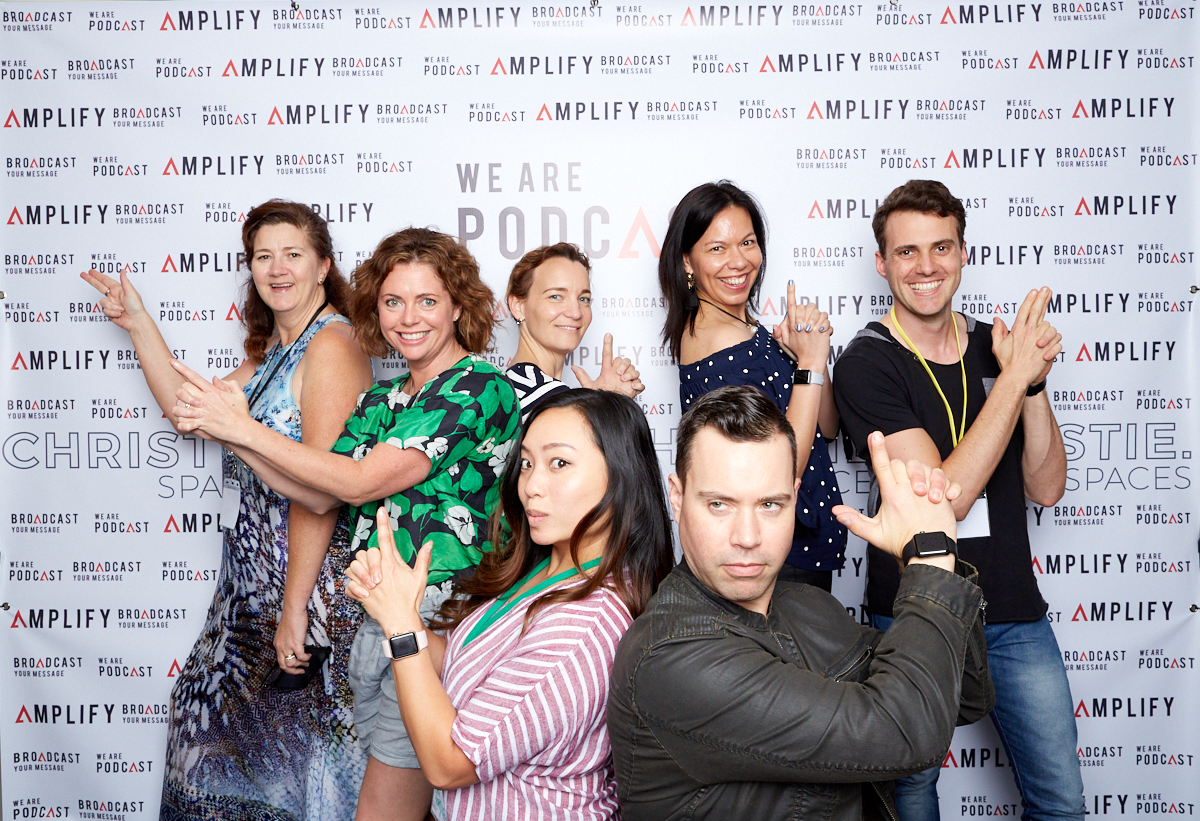Podcasts are a great way to grow your business, but only if you’re willing to invest in getting the most out of them. This includes everything from planning for how you want your podcast to help your business grow to promoting it effectively. That’s why I created this list of must-dos for any brand that wants more listeners and more customers as a result!
Want to listen to a conversation about getting your next 1000 listeners, go here.
1. Create a strategy for using your podcast to grow your business.
- Step 1: Create a strategy for using your podcast to grow your business.
- Step 2: Define your target audience.
- Step 3: Define your goals and objectives.
- Step 4: Define the content of each episode, as well as how often you will publish new episodes and when they will air on social media platforms like Facebook, Twitter, Instagram and LinkedIn (and don’t forget YouTube). Be sure to note the format (audio or video) of each episode too!
- Step 5: Decide what marketing strategies you’ll be implementing to promote this project and share with potential listeners so they can find out more about it while learning more about what makes YOU special as an entrepreneur with something valuable to say on this topic…that’s right—YOU!
2. Have an amazing pitch
You know how you’re supposed to have a great elevator pitch? That’s what we call it when you have a way of explaining what you do in one sentence. Well, your podcast pitch can be as short and sweet as that—maybe even shorter!
The key is to not use too many filler words like “like” or “um.” It also helps if you don’t ramble or go on too long without giving some sort of clarity about what your show is all about. You want people to hear enough information but not so much that they tune out before they get to the end of the sentence. A good way to make sure this happens is by being specific: tell them exactly why they should listen, and exactly where they can find out more information on their own time (i.e., where else they can find episodes).
3. Get the right tools and software to keep everyone on track
- Use a podcasting tool. There are many, but the most popular is Anchor.
- Use a scheduling tool that lets you schedule posts in advance and keep track of when they go live, like Buffer or Hootsuite.
- Use a landing page builder that makes it easy to create pages where listeners can subscribe and download episodes, like LeadPages or Unbounce.
- Get an easy-to-remember short URL from bitly (or similar).
4. Have a dedicated landing page and a short, memorable URL
You should have a dedicated landing page for your podcast and make sure that it has a short, memorable URL.
Your landing page should have a clear call to action and value proposition.
A good example of this is how the website for 99% Invisible (a weekly radio show about design) is set up:
5. Create an audience avatar
In order to create content that speaks to your target audience, you need to know who they are. The first step in doing this is defining your target audience.
- What age range?
- Gender breakdown?
- Geographic location?
Once you have a better idea of who will be listening to your podcast, the next step is identifying what makes them tick. This is known as creating an avatar for your podcast—it’s essentially a composite sketch of all the people who would enjoy what you have to offer.
6. Don’t be afraid to ask your friends and family for help
Don’t be afraid to ask your friends and family for help. They will probably do it more out of love than anything, but that doesn’t mean you can’t benefit from the extra exposure.
If you are able to get 1 person on social media to listen, that’s a win. It’s even better if they enjoy it so much that they tell their friends about it too!
7. Use organic social media to promote your podcast
Social media is a great way to promote your podcast. Here are some ideas:
- Post about your podcast on Facebook, Twitter, Instagram and LinkedIn. You should also post about what’s coming up in the show or any interesting news you have to share.
- Share episodes of your podcast on your website or blog by embedding them with SoundCloud or other services like Podbean, Anchor and Castbox. The advantage of embedding is that it will appear as a player right on their blog so people don’t have to leave and go somewhere else if they want to listen (which they will).
- Include links in all of these places that take people straight into the app itself where they can subscribe via whatever method(s) they prefer (Apple Podcasts/iTunes Store / Google Play / Stitcher).

8. Don’t be afraid of SEO – use maximum SEO on every post you share that includes audio from your show.
If you’re wondering how to get your next 1000 listeners, don’t be afraid of SEO.
I know, I know – SEO is complicated and involves a lot of acronyms and jargon that sounds like it was made up by robots. Trust me when I say that anyone can do it!
The first step is to use maximum SEO on every post you share that includes audio from your show. That means using the podcast title, description and image as well as making sure your podcast is listed in iTunes (this will make all the difference).
Now for some keyword research: think about what people might search for when looking for someone who does what you do. Don’t just go off topic titles but also include things like “how-to”, “how-to save money” etc etc – basically anything someone searching online would want to find out more about! Next thing’s next…
9. Have goals, then break them down into actionable steps.
When you set goals, make sure they are realistic. If your goal is to have 1000 listeners by the end of the year and it’s only January, you need to break that down into smaller achievable steps. Don’t be afraid to change your goals as you go!
This approach means that instead of saying “How can I get more listeners?” or “I want so many more listeners!”, you can say things like:
- What is one thing I can do this week?
- What is one thing I can do next month?
10. Get serious about consistency so that you can build credibility.
Consistency is an essential ingredient to building credibility, trust and a loyal audience. In short: consistency is the difference between you and your competitors. Research shows that you can double your productivity by being consistent in your practice of any skill or habit for 21 days.
When it comes to audio content creation, consistency is key to building credibility, trust and an audience. You need people who are willing to listen without expecting fireworks from every episode; instead they want someone who will deliver them quality information on schedule each week or month.
When people subscribe they expect something in return like quality content delivered on-time weekly/monthly/quarterly etc… So don’t disappoint them!
11. Grow your business by using a podcast and a strategy for sharing it with the world
- Publish your podcast and share it with the world
- Use your podcast to grow your business
Conclusion
I know it’s a lot of information, and maybe you don’t want to hear this, but the best way to make sure that your next 1,000 listeners stick around is to simply be yourself. If you are putting out quality content that’s meaningful and authentic, then people will follow suit! This means having fun with the process – don’t be afraid to get weird or tell jokes. Also, don’t forget about consistency: being consistent with posting new episodes every week (or month) will help build credibility over time because your audience will come back expecting another great episode on their favourite topic every time they see one of your posts in their feed.

